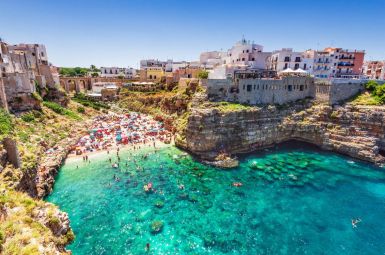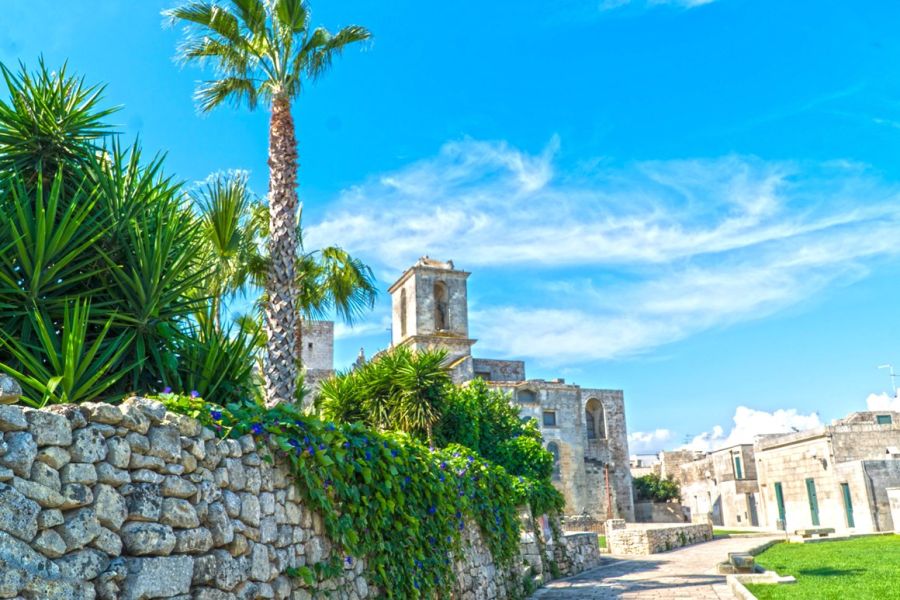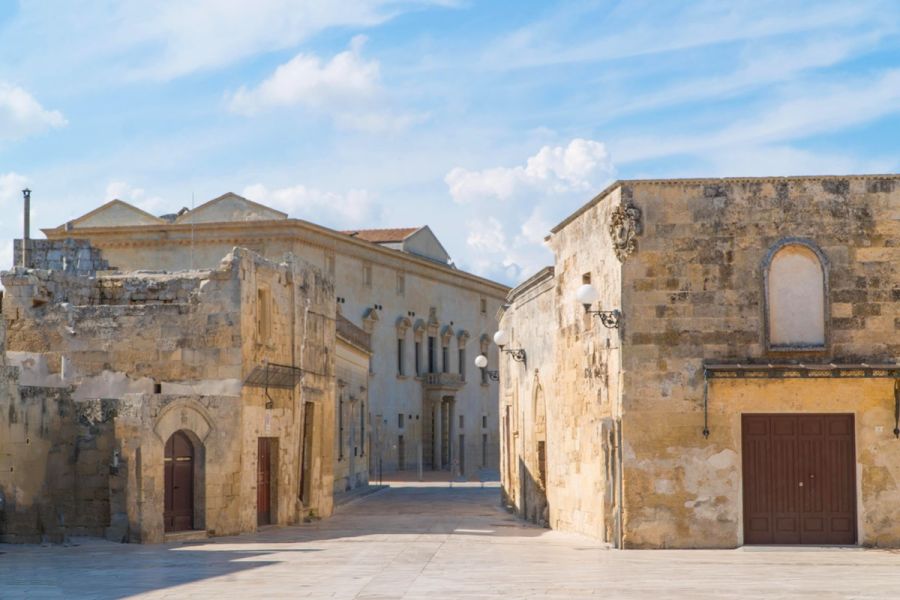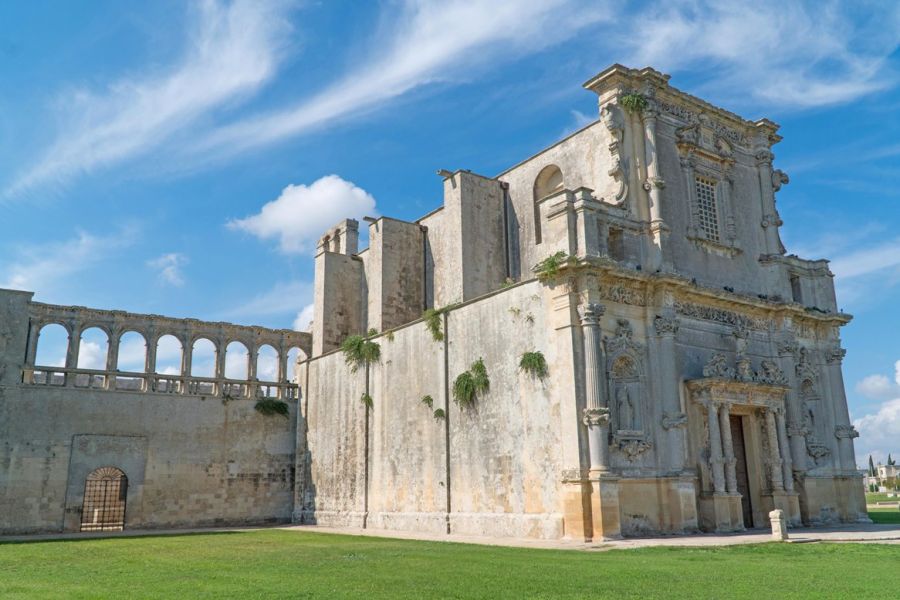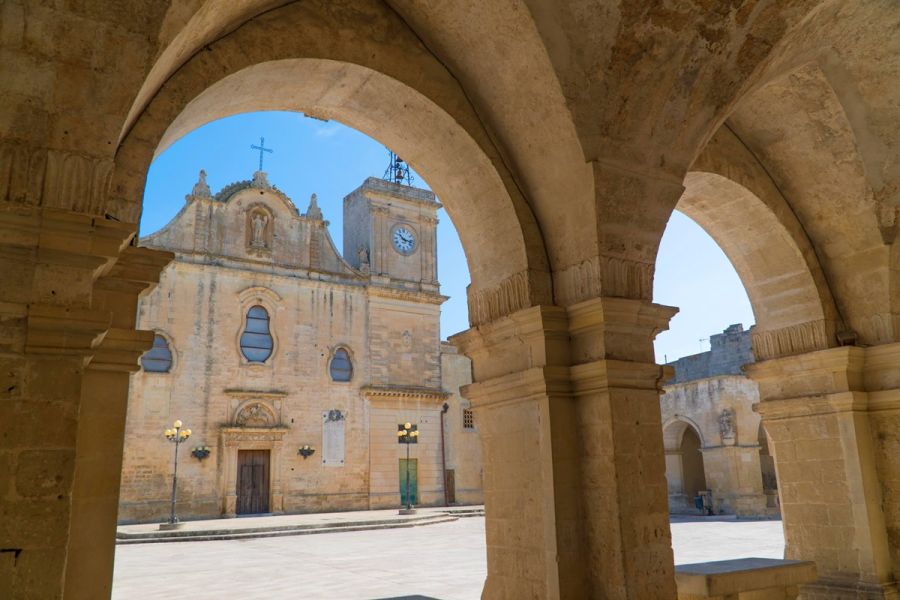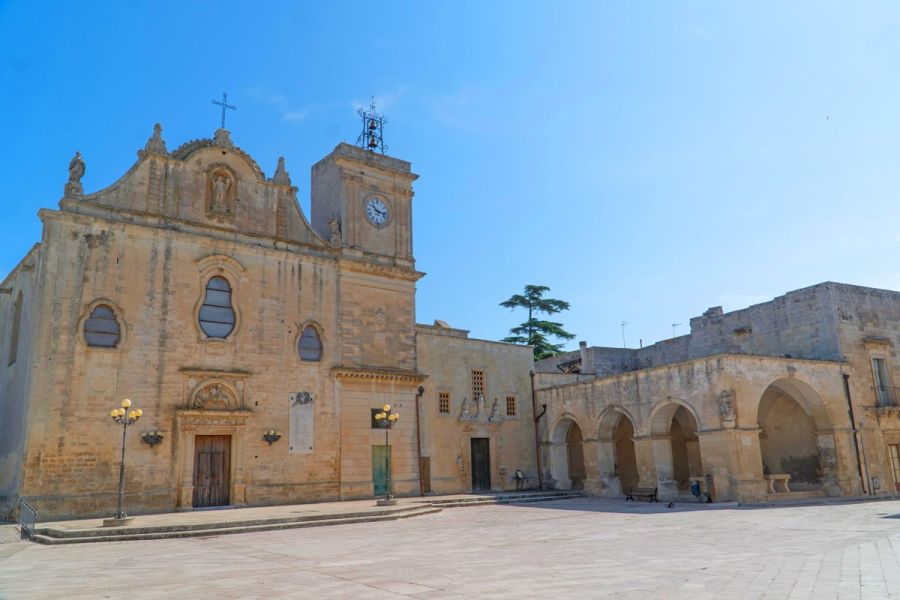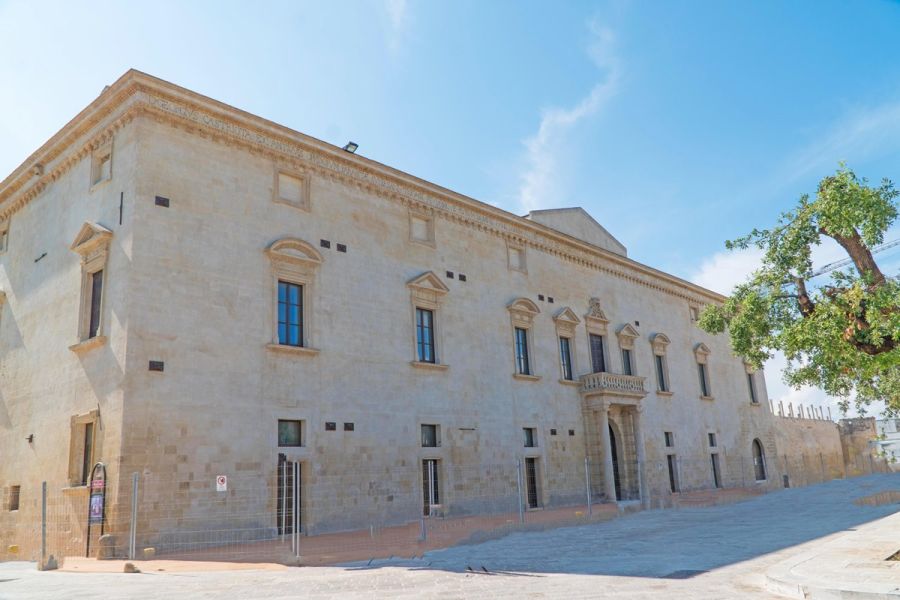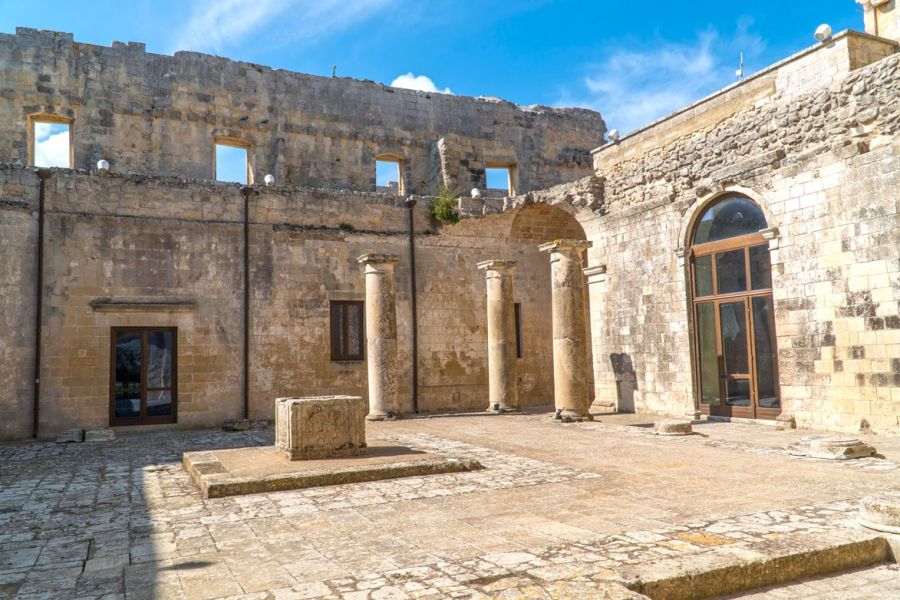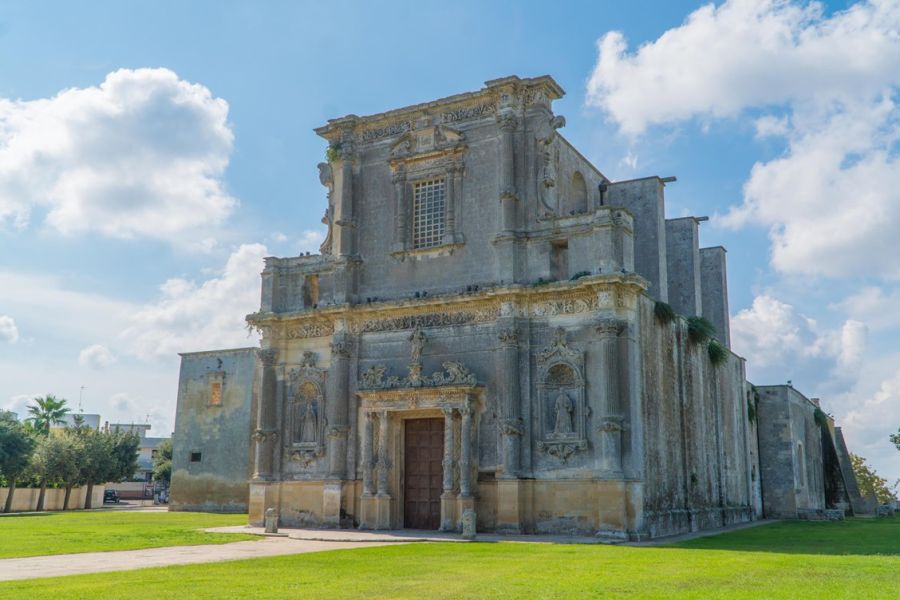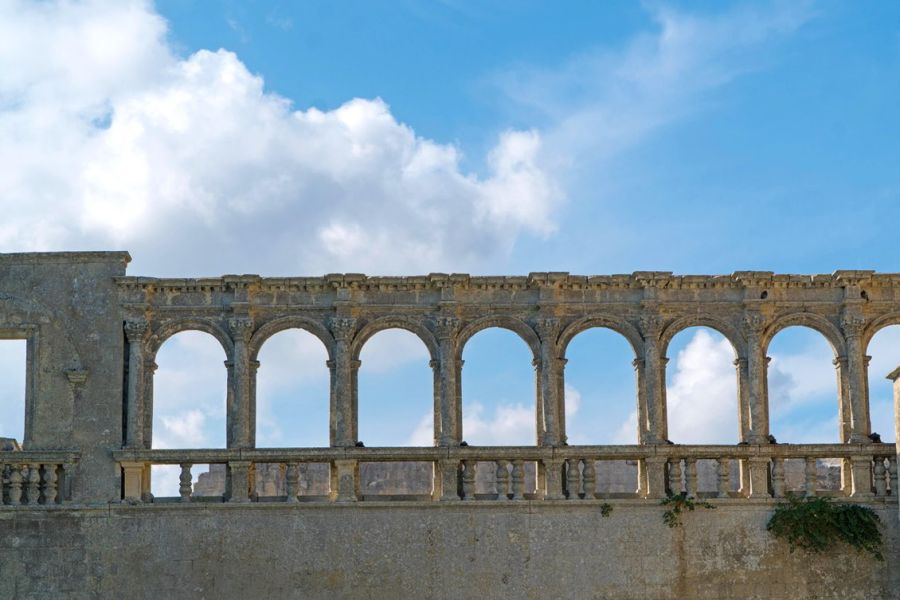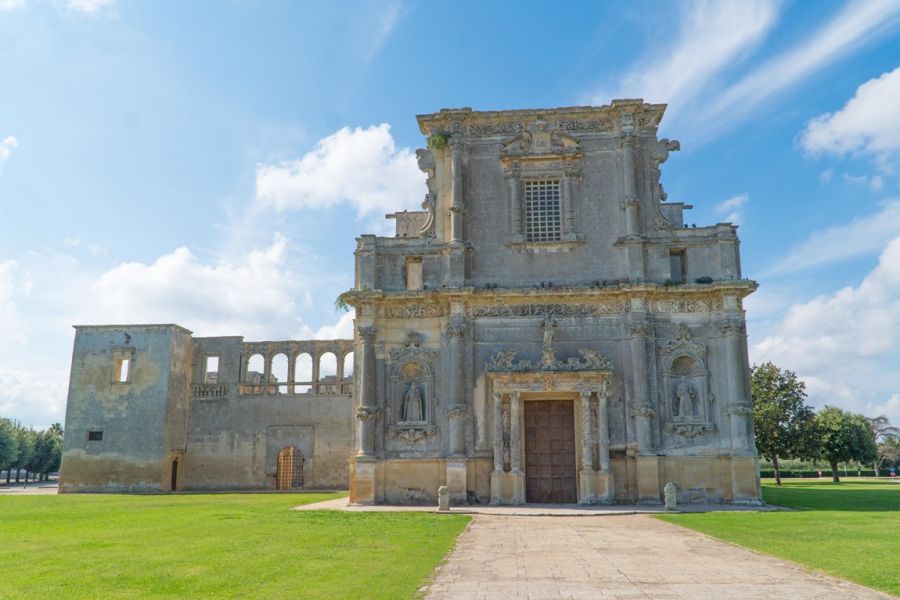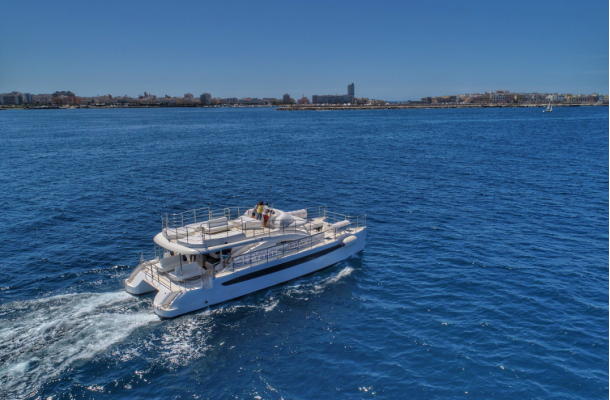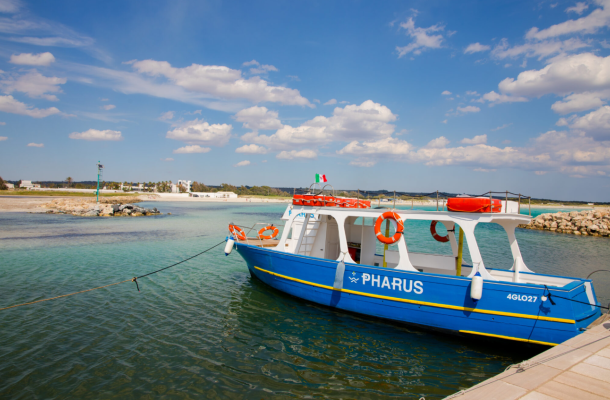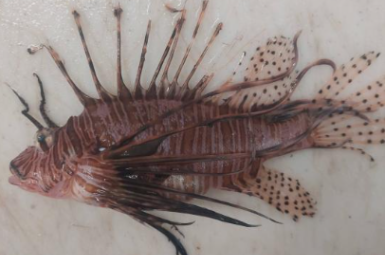
Il Borgo di Melpignano
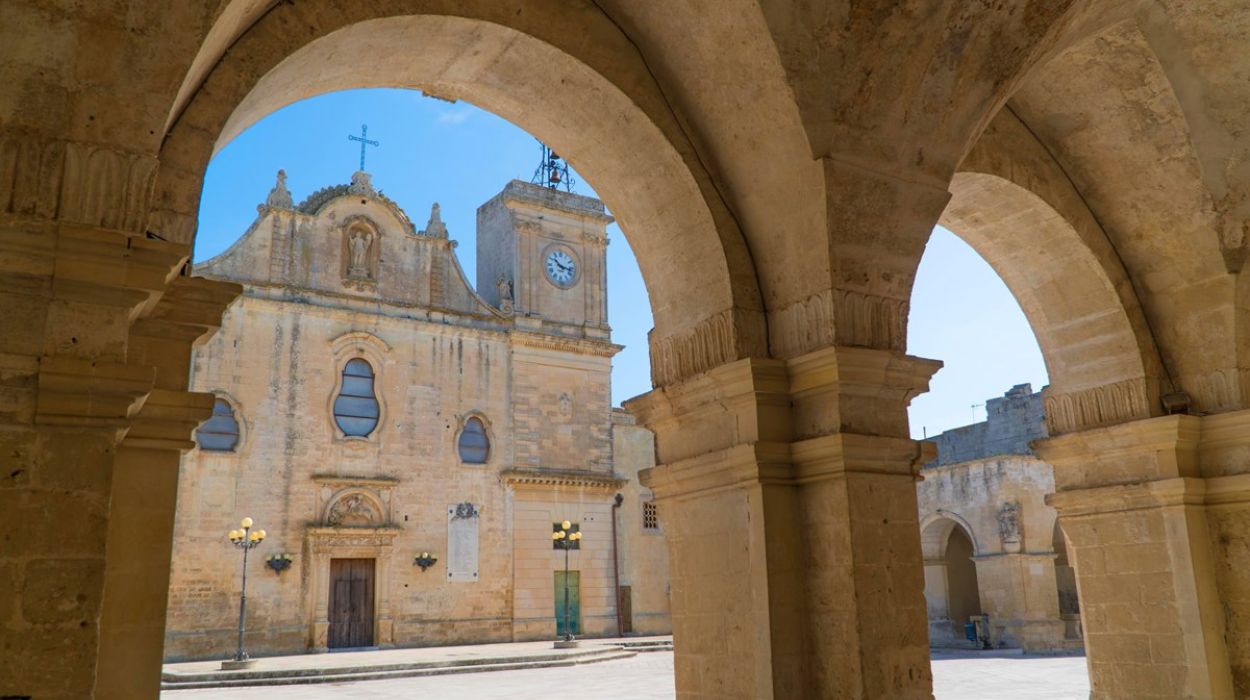
Il Borgo d’Italia
tutto da scoprire ed esplorare
Monumenti
La storia
Le origini di Melpignano sono tutt’ora incerte, le ipotesi più accreditate oscillano tra i greci del Peloponneso e il centurione romano Melpinius a cui toccò in sorte questa terra, in seguito all’occupazione romana. Le strade di questo borgo hanno conosciuto più di cinque secoli di dominio Greco- Bizantino che ne hanno influenzato il destino, tanto da far arrivare fino ai nostri giorni strascichi di usi e costumi. È un esempio il Griko, un antico idioma locale che ancora oggi si tramanda di generazione in generazione e si insegna nelle scuole.
Melpignano nel medioevo è stato feudo di famiglie importanti, tra cui gli Orsini Del Balzo, i d’Aragona e per ultimi i duchi De Luca. Nel 1806, quando i feudatari non ebbero più ragion d’essere, Melpignano venne aggregata a Castrignano de’ Greci e i due paesi sono stati un unico comune fino al 1837.
Melpignano, insieme ad altri paesi limitrofi, rientra nel territorio della Grecìa Salentina, ed è sempre stato un centro propulsore della cultura greca. Un esempio è stato Nicolò Maiorano, prete e copista.di Melpignano che una volta diventato direttore della Biblioteca Vaticana acquistò molti dei volumi classici realizzati dai copisti salentini, preservando così la cultura greca.
Oggi Melpignano continua nella sua instancabile attività di conservazione del territorio, della sua arcaica lingua ma soprattutto della tradizione musicale.
Piazza San Giorgio
Accomodarsi su una delle sedute in pietra è il modo migliore per godere dello spettacolo di Piazza San Giorgio, racchiusa nei portici rinascimentali che un tempo accoglievano il mercato settimanale e portavano a Melpignano mercanti provenienti da Lecce, Brindisi e Taranto. Quando il mercato venne spostato a Maglie, i portici persero la loro funzione originaria ma non la loro bellezza. Seduti al riparo della loro ombra si può ammirare la vera essenza di questa piazza, che custodisce nel suo grembo la Chiesa Madre, dedicata a San Giorgio, in stile Barocco con incisioni greche e latine sul suo portale, la Cappella dell’Assunta e la Torre dell’Orologio, da sempre simbolo di comunità.
Ex Convento degli Agostiniani e chiesa del Carmine
Poco lontano dal centro abitato, circondato da un prato che contribuisce a suscitare un senso di profonda beatitudine: in questo contesto si stagliano l’Ex Convento degli Agostiniani e la Chiesa del Carmine. Il 1573 è la data che segna l’inizio dei lavori per la costruzione del Convento, quando la chiesa del Carmine è stata affidata all’ordine degli agostiniani. L’intero complesso è stato restaurato nella prima metà del ‘Seicento, con un progetto dell’architetto Giuseppe Zimbalo, che riuscì a far arrivare in questo piccolo borgo lo strascico del Barocco leccese, chiaramente visibile soprattutto nei fregi del portale. Le colonne, accostate sempre al portale, sorreggono la trabeazione con la statua della Madonna del Carmelo ed insieme alle altre presenti sulla facciata danno il senso del ritmo all’intero prospetto.
Il convento dopo la soppressione dell’ordine monastico è stato abbandonato per lungo tempo, e questo lo ha fortemente compromesso. Nonostante ciò oggi si possono ancora vedere i resti del chiostro con incisioni in latino ed un pozzo centrale, in cui si trova scolpita un’ aquila con due teste, stemma che testimonia il passaggio della famiglia Castriota Scanderbeg.
Il Convento oggi è sede di tante iniziative di rilievo e il piazzale che lo circonda accoglie ogni anno coloro che da tutta Italia giungono in questo piccolo paesino per assistere all’appuntamento finale del festival de La Notte della Taranta.
Palazzo Marchesale e Frantoio Ipogeo
Il palazzo marchesale Castriota Scanderbeg di Melpignano è contraddistinto da un aspetto esterno sobrio e lineare. La facciata bianco latte, ormai segnata dal tempo, e le finestre con lunette e timpani sono i pochi elementi di spicco del prospetto esterno.
Questo palazzo è stato costruito nel 1536 per volontà di Giorgio Castriota Scanderbeg e nel corso dei secoli è appartenuto ai vari feudatari del borgo, per ultimo alla famiglia De Luca.
È un edificio costruito su due piani e realizzato sui resti di un antico castello, di cui restano ancora ben visibili i camminamenti di ronda, le torri di vedetta e le garitte per gli armigieri.
Tanto è semplice il lato che il palazzo mostra ai passanti, tanto sono singolari i suoi interni ed il suo giardino, con i viali disegnati a scacchiera, la fontana centrale, i pergolati e le balaustre in Pietra Leccese sotto cui ci si può sedere per godere dell’ombra e del fresco.
Il recente restauro del palazzo ha portato Melpignano tra le poltrone del Salon International Du Patrimoine Culturel di Parigi che aveva come tema “I cantieri più esemplari d’Europa” e accanto al restauro della facciata del Colosseo romano e delle Terme maschili e femminili di Pompei, si è distinto proprio il palazzo melpignanese.
Di proprietà dei Marchesi era anche uno dei frantoi ipogei che si trovano sul territorio cittadino e si può visitare ancora oggi, a pochi passi dalla centralissima Piazza San Giorgio. L’ipogeo è interamente scavato nella roccia, è così ben conservato da offrire ai visitatori uno scorcio della vita rustica dei frantoiani, divisi tra le macine e le mense in pietra, con i giacigli semplici su cui riposarsi, prendendo solo quei pochi spiragli di luce che filtrano dalle aperture che si trovano nelle volte.
Curiosità
La Notte della Taranta
Se dovessi raccontare La Notte della Taranta chiederei di chiudere gli occhi e annusare la terra fino a sentirla propria. Perché questa notte è l’energia della mondo che trasuda sotto i piedi di migliaia di persone, e t’investe, ti travolge, ti assorbe. È un’energia che ti spinge a muoverti e a cantare senza avvertire stanchezza, che tu abbia un anno o che tu ne abbia cento.
La Notte della Taranta è il Salento che vibra sotto i piedi, che invita a sognare, a portarlo nel cuore nelle notti buie d’inverno.
La Notte della Taranta è un sogno di mezza estate, di una terra su cui ieri nessuno avrebbe scommesso e che oggi è arrivata in tutto il mondo e ti fa sperare, ti fa credere veramente che tutto si possa fare, proprio tutto.
La Notte della Taranta è il binomio vincente tra musica popolare e artisti di fama internazionale. Essere a Melpignano, il 27 agosto, davanti al Convento degli Agostiniani, significa innamorarsi di questa notte e di tutte le altre notti che verranno su quel prato, tra quella terra. Succede a chi è giù dal palco ma anche a chi è su, ai cantanti, ai musicisti e più di tutti ai maestri concertatori che tornano sempre a Melpignano per continuare a costruire e ad amare.
So What Festival
Il secondo appuntamento più importante di Melpignano è un festival dalle sonorità alternative che si sostiene da solo, grazie ad attività di Crowdfunding, cioè di raccolta fondi. In pochi anni questo festival è riuscito a portare sul palco interpreti di grande spessore, spaziando dal Rock, all’hip hop, al reggae, con nomi come Mannarino, I Baustelle, Resina Sonora e molti altri. All’associazione Altatensione si deve il merito di aver creato un festival che alza ogni anno sempre di più l’asticella musicale. Segnatevi le date sul calendario perché il So What Festival è uno momenti imperdibili dell’estate salentina.


